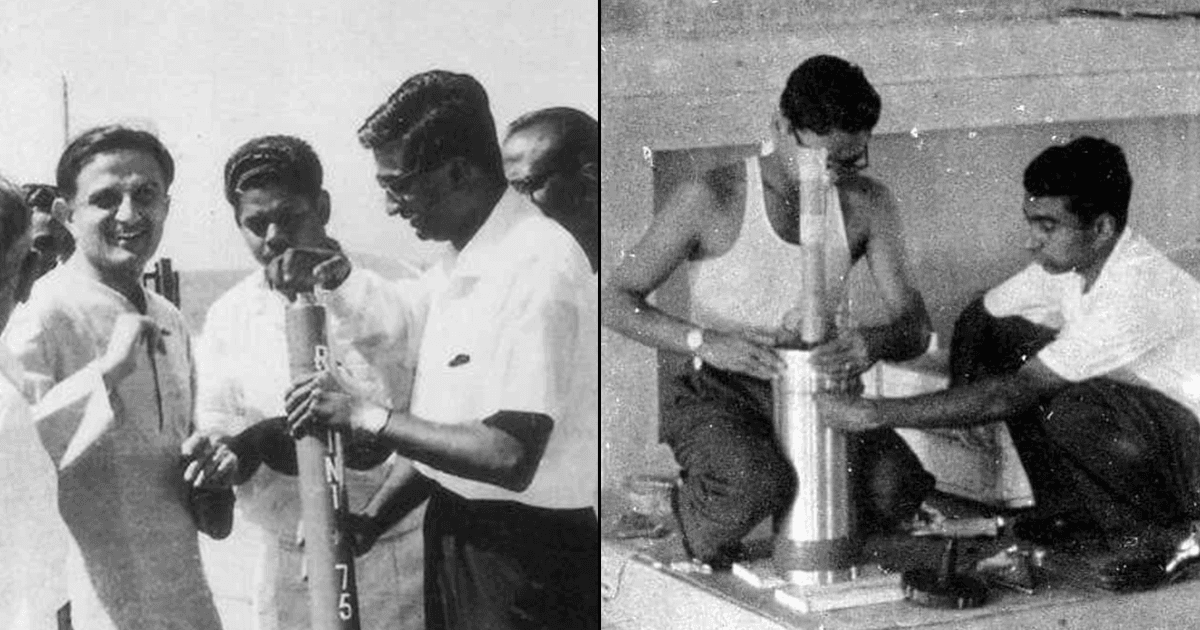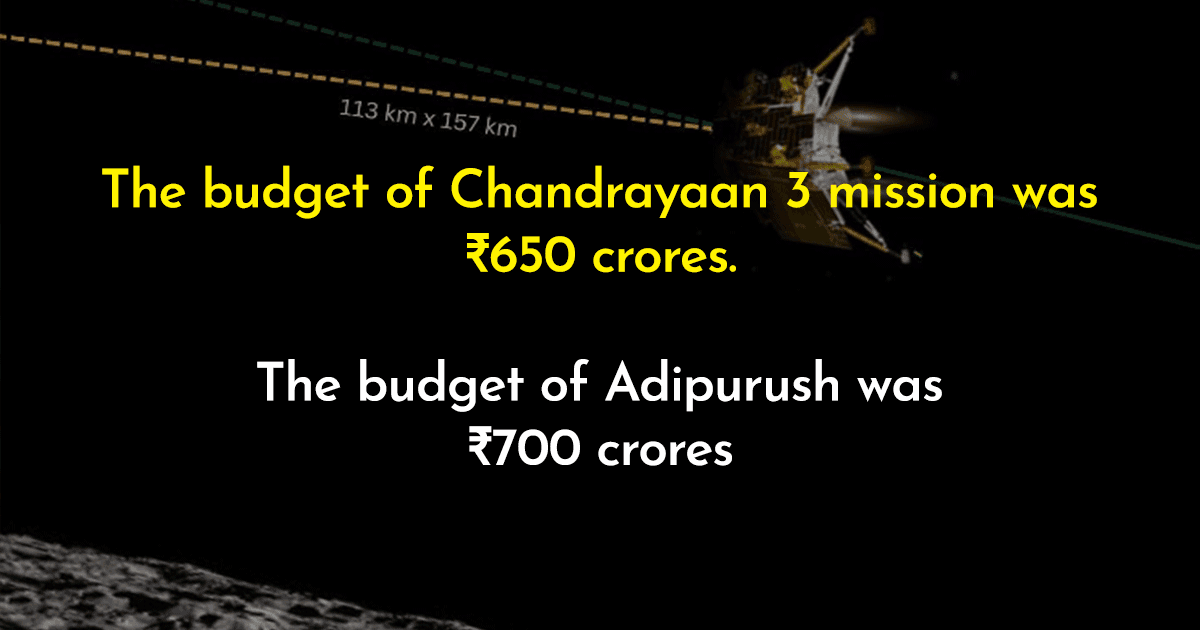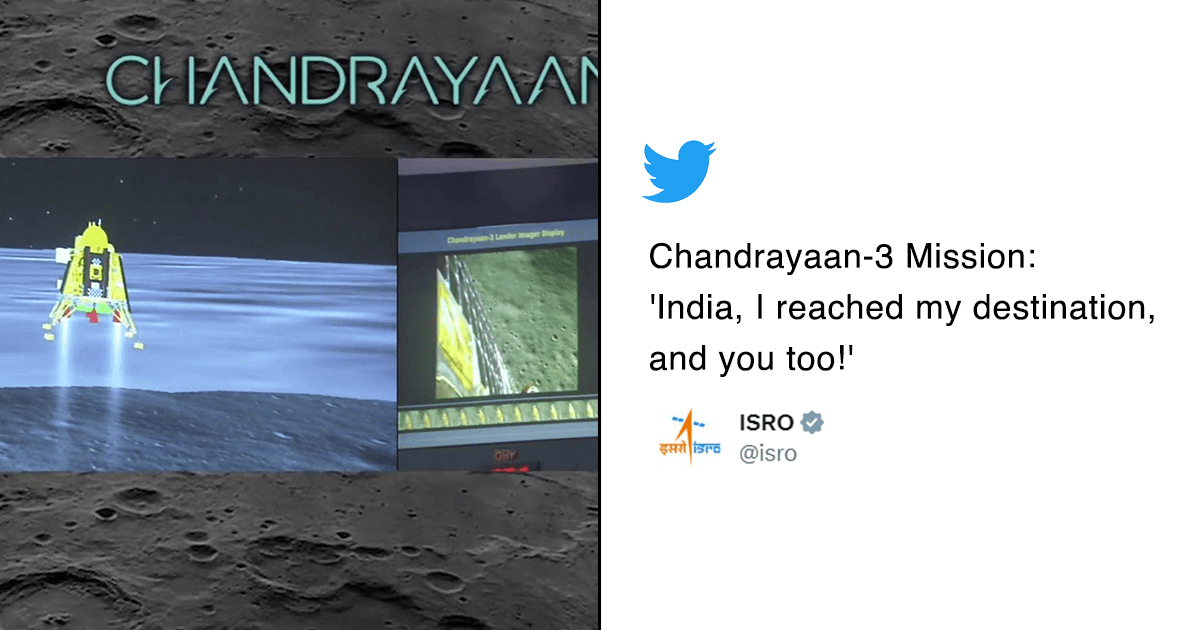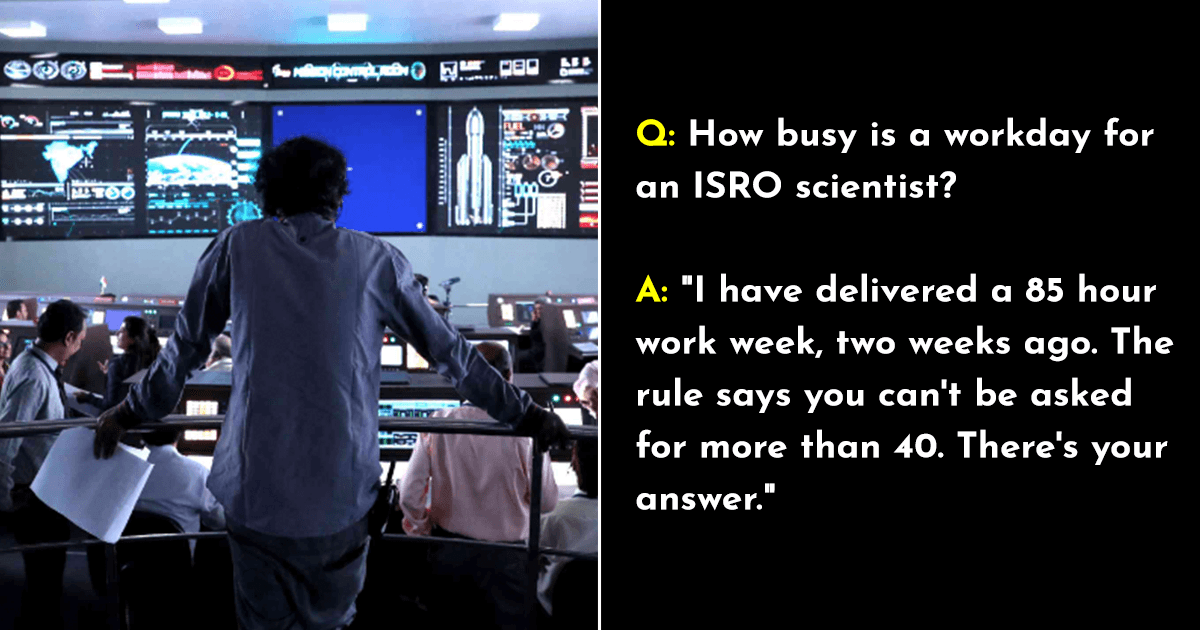Among the world’s many mysteries is the extent of this enchanting universe that’s home to billions of galaxies. Just a mere thought on this astounding number leaves many dumbstruck about the limitless cosmos where you and I exist, two minuscule dots on a rock in a galaxy of a universe that’s perpetually expanding.

Yes, trust the cosmos to remind us that we really don’t matter much. And while we may never be fully prepared to grasp the magnitude of the universe, what we do have some information about is our solar system.
For years, scientists have been searching for the existence of life or a possibility for humans to survive on other planets. Well, there’s none that we know of as of now. But, imagine in a really, REALLY hypothetical setting, if you were to venture to other planets and be brave enough to eliminate your space suit, how long would you survive?
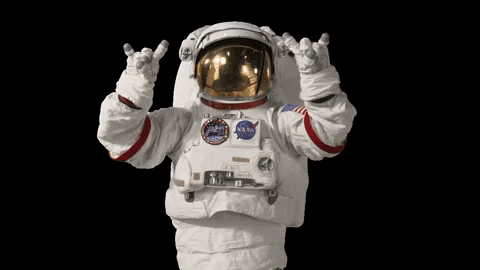
Oh, death is certain, my friend. It’s just a matter of seconds. Carry on reading to know how many:
1. Mercury – About 120 seconds

The smallest planet in our solar system is also the fastest planet. Mercury is nearest to the Sun, which appears 3 times larger from there than it does on Earth. A year on Mercury is like 59 Earth days. As per NASA, Mercury has a rocky-cratered surface like our Moon, with no atmosphere. Instead, it has a really thin exosphere, primarily consisting of Oxygen, Sodium, Hydrogen, Helium, and Potassium.

With virtually no atmosphere and extreme temperatures reaching as low as -180 degrees Celsius and as high as 430 degrees Celsius, you’ll not survive more than two minutes, provided you land on safe cosy spot on the planet. But hey, this is also the maximum you can survive on any planet without a spacesuit.
2. Venus – Less Than a Second
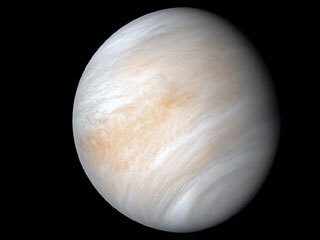
For a planet named after the Roman Goddess of love, Venus has a really HELLISH environment with temperatures reaching as high as 475 degrees Celsius. One year on Venus is equivalent to 225 Earth days, and it is the hottest planet in our solar system. According to NASA, the Evening Star has a thick and poisonous atmosphere predominantly consisting of Carbon Dioxide (CO2), exhibiting strong greenhouse effect, with a crushing air pressure 92 times Earth’s.

It’s shrouded in stinky yellowish clouds of Sulphuric Acid. Oh, by the way, it also rains sulphuric acid there, but it evaporates before it even reaches the surface. The solid Venusian surface is filled with volcanoes, mountains, high-impact craters. No, you’re not likely to survive even a second on Venus. But hey, fun fact: Sun rises in the West on Venus.
3. Mars – About 90 seconds
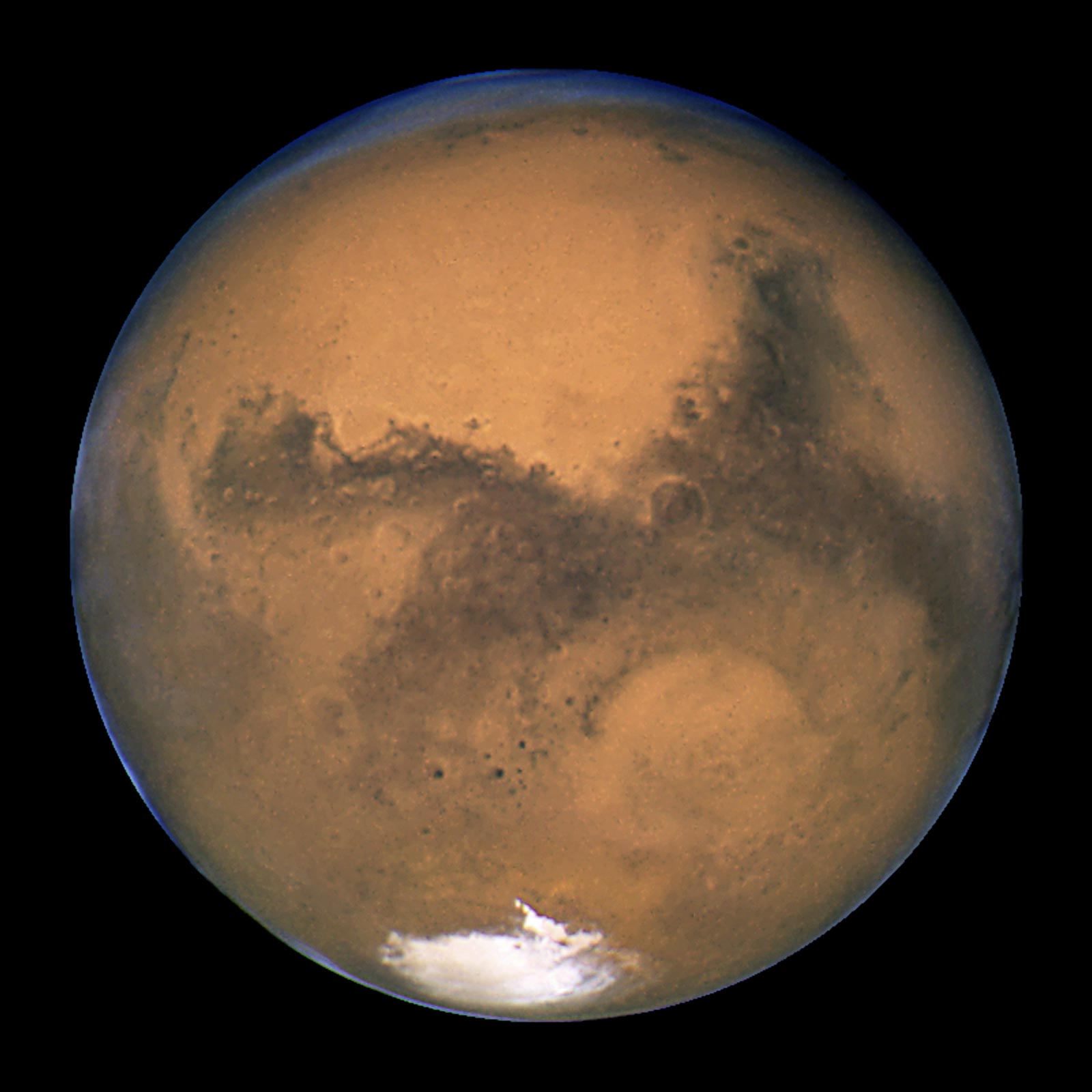
One Martian day is like 24.6 hours on Earth, and it takes about 687 Earth days for the Red Planet to complete a year. It’s the most explored planet in our solar system, but don’t think of it as any good news. According to NASA, its thin atmosphere primarily consists of carbon dioxide, argon, and nitrogen, with traces of oxygen and water vapour. Mars is cold and dusty, with an average temperature of – 62 degrees Celsius. Its rusty red colour springs from Iron oxide formation on the surface.

The Martian rocky surface includes volcanic plains, impact craters, dried-up lake beds, and canyons. With low atmospheric pressure, absence of breathable air, and hostile temperatures, you’ll most likely be dead within 1.5 minutes. However, if you somehow manage to arrange oxygen for yourself, the radiation will kill you over time.
4. Jupiter – Less Than A Second

Jupiter is basically a giant ball of gas. It’s the largest planet in our solar system, so large that 1,300 Earths can fit inside it. But the planet doesn’t really have a solid surface. So, if you, in your wildest imaginations, ever decide to take a trip to the gas giant, you’ll have nothing to land on. That too, IF and WHEN you make it past its dense atmosphere because the intense pressure will crush you within a second. Its gravity is 2.4 times of Earth’s; you’ll fall to death.

According to NASA, Jupiter’s atmosphere primarily comprises Hydrogen and Helium. It’s shrouded in reddish-white swirling clouds of Ammonia and water. The planet is also way too fast, with one day lasting only 10 Earth hours, resulting in powerful jet streams. It’s hounded by thunderstorms, superbolts of lightning, cyclones, and high-speed winds. There’s the famous ‘Great Red Spot‘ on Jupiter, which is a gigantic storm wider than the Earth that has been ravaging for at least the last 342 years.
5. Saturn – Less Than A Second

Don’t let the bedazzling beauty of Saturn fool you into thinking it’s gonna be any kind. Like Jupiter, Saturn is also a gas giant with an atmosphere primarily consisting of Hydrogen and Helium, and a day on the ringed planet is about 10.4 hours on Earth. It also doesn’t have any solid surface to land on, just gases and liquid. You wouldn’t survive a second on Saturn because the intense atmosphere (over 1,000 times of Earth’s), unbreathable environment, extreme temperature, and violent storms will kill you in a second.
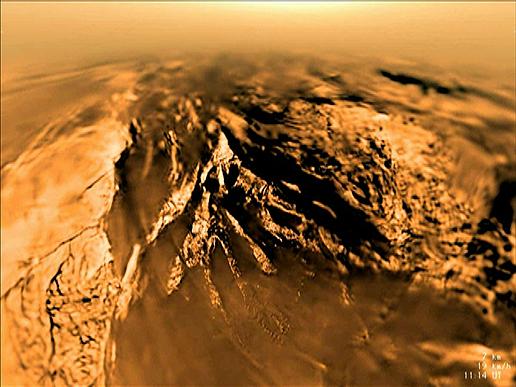
But Saturn’s moons…well, they are of interest to scientists. Titan, in particular, comprises rivers, lakes, and seas of liquid methane, according to NASA. They believe the moon could potentially harbour conditions conducive to life.
6. Uranus – Less Than A Second
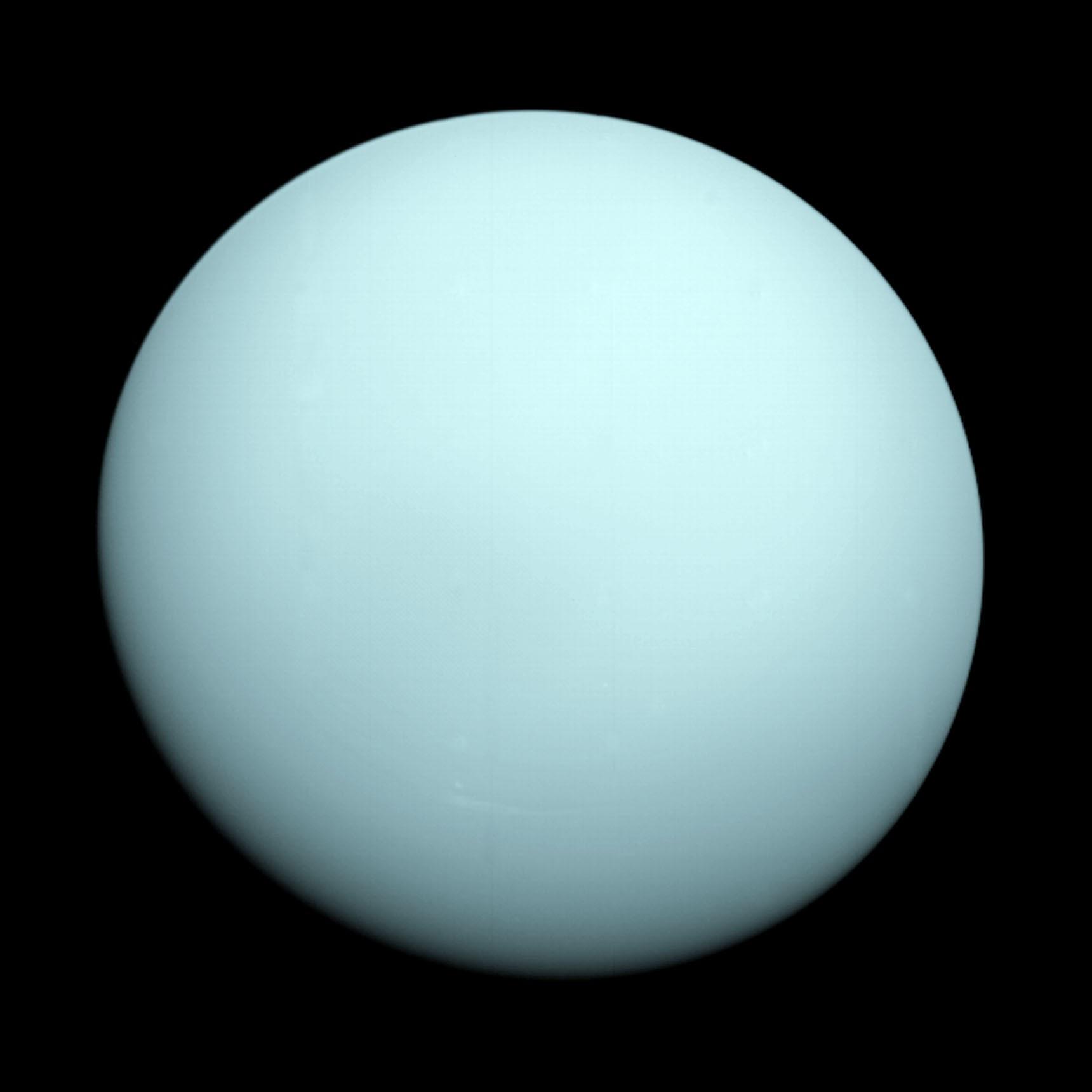
The ice giant is the coldest planet in our solar system, with an atmosphere mainly comprising Hydrogen, Helium, and Methane. Like other gas giants, there’s a lack of surface on Uranus; it’s primarily gas and ice. According to NASA, Uranus is also uniquely tilted on the sides, resulting in extreme temperatures on different halves of the planet. Like Venus, here, the sun rises from the West.
The planet remains largely unexplored. However, it is unlikely you will live to see a second, given its unbreathable environment, high-speed winds, and crushing air pressure.
7. Neptune – Less Than A Second

Neptune is also an ice giant with an atmosphere comprising Hydrogen, Helium, and little Methane. According to NASA, about 80% of the planet constitutes hot and dense icy substances of water, methane, and ammonia. It also doesn’t have a solid surface, and with the crushing air pressure, extreme cold, supersonic winds, violent storms, and unbreathable conditions, you’ll be torn apart within a second.
There’s no place like home now, is it?




